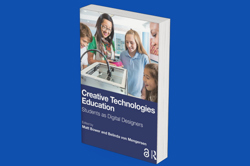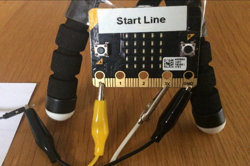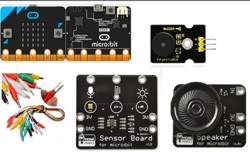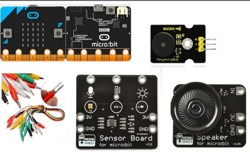CS Unplugged: Finite State Automata
Use the Treasure Hunt— Finite-State Automata offline activity to explore how a computer processes a sequence of symbols. The task uses a pirate treasure map to follow a set of instructions and record the journey using a sequence of symbols. Finite-state automata is used in Computer Science to help a computer process a sequence of characters or events. Support your teaching and learning with video clips and other related resources.
Additional details
| Year band(s) | 3-4, 5-6, 7-8, 9-10 |
|---|---|
| Format | Web page |
| Core and overarching concepts | Computational thinking, Abstraction |
| Australian Curriculum Digital Technologies code(s) |
AC9TDI4P02
Follow and describe algorithms involving sequencing, comparison operators (branching) and iteration
AC9TDI6P02
Design algorithms involving multiple alternatives (branching) and iteration
AC9TDI8P05
Design algorithms involving nested control structures and represent them using flowcharts and pseudocode
AC9TDI10P05
Design algorithms involving logical operators and represent them as flowcharts and pseudocode |
| Keywords | Computational Thinking, Sequences, Patterns, Symbols, Finite-state automata |
| Organisation | University of Canterbury, New Zealand |
| Copyright | Creative Commons BY-NC-SA 4.0 |
Related resources
-

Computational thinking
This comprehensive online guide, provides a background to computational thinking which refers to the skills and approaches used in computing, programming, and digital solutions to analyse problems and determine how to solve them.
-

Experience CS curriculum
Explore computational thinking through an intergrated approach making connections to a range of learning areas including maths, science and HASS.
-

Creative Technologies Education
An open access book by 45 ATTEN academics that offers research-based strategies for teaching creative technologies with students as digital designers.
-

Creating a digital start line and finish line with micro:bits (Years 7-8)
The following activity suggests one-way Digital Technologies could be integrated into a unit where vehicles are being designed and produced.
-

Classroom ideas: Micro:bit Environmental Measurement (visual programming) (Years 5-6)
This tutorial shows the coding needed for digital solutions of some environmental issues that can be created using pseudocode and visual programming.
-

Classroom ideas: Micro:bit Environmental Measurement (visual and general-purpose programming) (Years 5-8)
Investigating environmental data with Micro:bits: This tutorial shows the coding needed for digital solutions of some environmental issues that can be created using pseudocode and visual programming.
-

DT Challenge - 7/8 Arduino - Sound
-

DT Challenge - 7/8 Python - Chatbot
Write code to create word games and develop a Pirate Chatbot. Arrr, me hearties!
